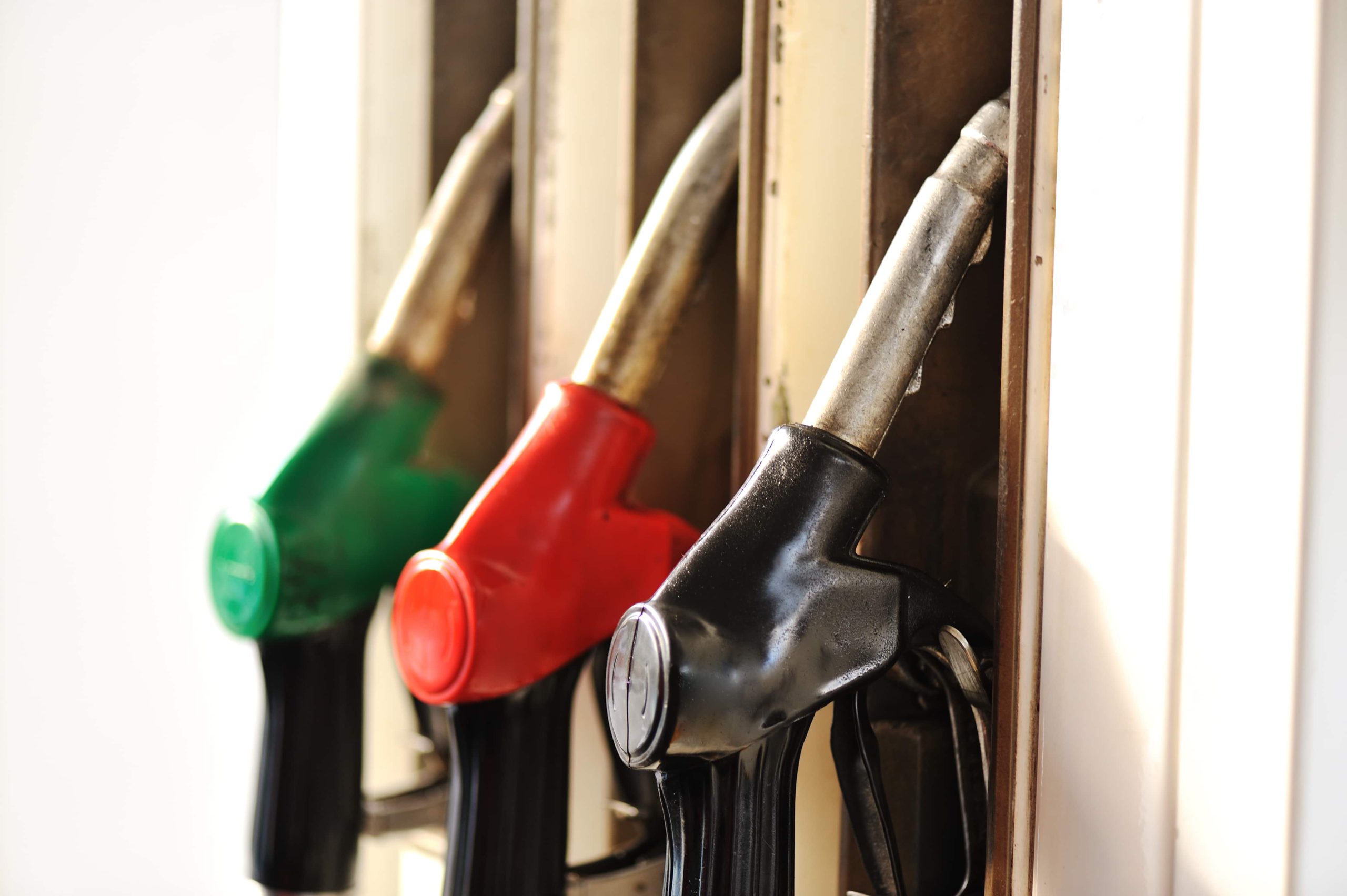Reefer fuel powers the refrigerated portion of tractor-trailers. Those driving or managing refrigerated trucks likely know that these vehicles have two fuel storage tanks. One tank powers the refrigerator, and the other powers the engine.
Jump To Section
Beyond having different usages, reefer fuel has varying legal requirements, costs and efficiency metrics. Learning the differences between reefer fuel and other types of diesel can help you make the right choice the next time you stop at a pump.
What Is Reefer Fuel Used For?
Reefer fuel is used primarily in refrigerated trucks, also known as reefers. These trucks keep food and other products at a controlled temperature with a built-in refrigeration system. The cab is the same as any other diesel truck, but the trailer is designed to haul perishable merchandise. It contains a refrigerator unit with a separate engine that cools the trailer. This individual unit uses a different power source, so the diesel that makes the truck move differs from the substance that powers the refrigeration.
People also use reefer fuel to power:
- Construction equipment.
- Agriculture equipment.
- Off-road equipment.
How Does Reefer Trucking Fuel Work?
Reefer trucking fuel fills a separate storage tank that only powers the refrigeration segment of the trailer. You can find a reefer tank below the trailer, and you can fill it the same way you would any other gas tank as long as you use the right fuel type.
Those who operate reefer trucks typically fill their regular tank first, then move to the reefer tank and switch fuel types before activating the pump a second time. Before filling up the refrigerator tank, you must also turn the refrigeration off temporarily.
Once the trailer has the necessary fuel, the refrigerated system works similarly to a regular fridge — except the cooling power comes from diesel fuel rather than electricity. Learn how cooling works in a refrigerated trailer in more detail:
- Reefer fuel undergoes combustion. The process creates power that moves a small engine and drives the compressor.
- The compressor brings in refrigerant gas, compressing it to liquefy it, and the resulting heat is let out.
- The liquid refrigerant travels to the condenser, which exchanges heat with the outside air.
- The liquid passes to the evaporator, where it absorbs heat from the refrigerator and expands into a gas. Heat gets pushed outside the trailer.
This cycle keeps a trailer at a consistent temperature during its travels.
Where Can You Buy Reefer Fuel?
Reefer fuel is available at most gas stations for diesel trucks. Drivers can also find reefer diesel at all-terrain vehicle service and sales companies — the fuel is often used for these off-road vehicles. You may even fill a reefer with regular diesel. You will have to pay road taxes initially, but you can file for a refund using Form 4136 from the IRS.
Reefer vs. Other Fuel Types
Reefer fuel is a type of diesel, but it has a few distinguishing characteristics. The best way to explain these differences is to compare reefer fuel to other fuel types.
Reefer Fuel vs. Diesel
In most cases, reefer fuel and diesel have a similar chemical makeup. The main difference is their legal classification. Diesel is considered an on-road fuel, while reefer fuel is for off-road use only. As an on-road fuel, diesel comes with higher taxes to pay for transportation projects across the country.
Because the two types have similar chemical makeup, some may desire to use reefer fuel instead of diesel — but the cheaper diesel contains a red dye to prevent misuse. This dye is an easily detectable sign that someone has tried to avoid the higher taxes for regular diesel.
Reefer vs. Tractor Fuel
Tractors rely on regular diesel, so the distinction between reefer and tractor fuel is the same as that between reefer and diesel. Tractors typically use diesel #2, the most common diesel type for everyday use in transportation and agriculture. Diesel #1 is more refined and doesn’t contain paraffin, making it better for cold-weather environments.

How Much Does Reefer Fuel Cost?
As with any fuel type, costs vary nationwide and change regularly. Diesel is often significantly more costly than reefer fuel because of the extra government tax for on-road fuel.
Some factors that influence diesel and reefer fuel costs are:
- Crude oil prices: This factor accounts for most of a fuel’s costs, usually more than 50% of what you pay.
- Cost vs. profit for refining: The equipment used for refinement, the type of crude oil used and any additives can change prices.
- Cost vs. profit of distribution and marketing: Owners of gas stations may change prices based on the local market, state fees and the cost of purchasing from refiners.
How Much Fuel Does a Reefer Use?
Fuel usage matters even more for reefer trucks than it would for a regular diesel truck. Each trip calls for two types of fuel rather than one. When planning your costs, you will benefit from knowing how much fuel a reefer uses.
Usage Per Day
Reefer usage doesn’t depend on miles traveled because this type of fuel only powers a trailer’s refrigerator portion. Instead of calculating reefer fuel usage by mileage, you can use hours. Most reefers use about a half-gallon to a gallon of fuel every hour. Laws require that truck drivers follow an 11-hour driving limit. After 11 hours of driving, they will likely consume between 5.5 and 11 gallons of fuel for refrigeration.
Your fuel efficiency may also change based on factors like:
- Whether your refrigeration system receives proper maintenance.
- The ambient temperature in the regions you drive through.
- A trailer’s overall condition — an older trailer may have lower efficiency, for example.
Total Usage
With an accurate idea of your daily consumption, you can likely discover your usage across extended periods. You can use these numbers to determine the average time between fill-ups. A typical reefer fuel tank’s capacity is 50 gallons. If you use between a half-gallon and a whole gallon each hour, your tank can last for about 25 to 50 hours, giving you about two to four days between refueling.
Reefer Fuel Cards From Porter Freight Funding
Driving or owning reefers means you need to pay for two types of fuel to keep your truck operating and goods cold. A simple payment solution can help you manage your costs and save money.
A fleet card from Porter Freight Funding gives drivers a simplified way to make fuel purchases. It can only be used on fuel, giving you more control over spending and a more convenient way to track expenses.
Our fuel card gives you other benefits, too, including:
- Discounts up to $0.60 off per gallon at select locations.
- An extensive network of partners, so you have a place to fuel wherever you are.
- An online portal to access the best prices and track spending from anywhere.
Want to discover more about this card and how it can benefit your business? Get in touch with our team to learn what you could save on reefer fuel with a payment card.

